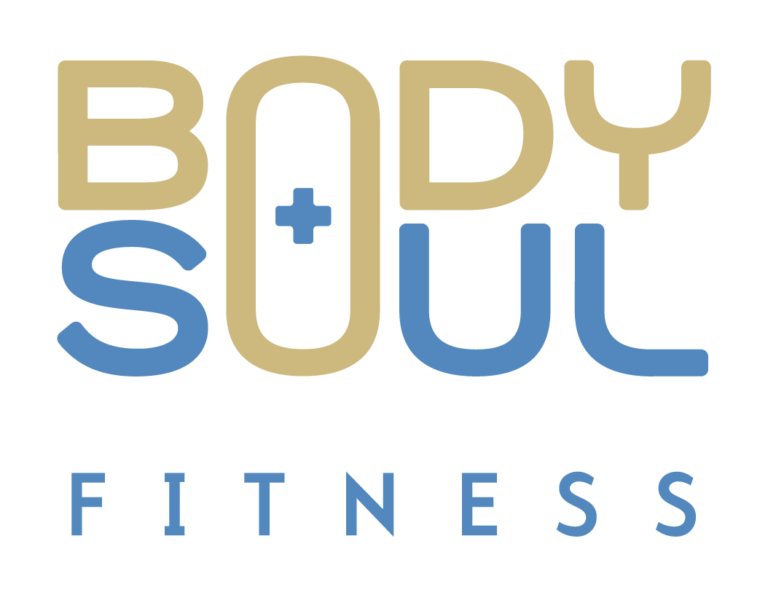In this lesson I will walk you through a follow-along stretch routine that I have used with 100s of clients over my career. Not only has it has been proven to show results, but it’s also quick and easy to implement into your daily routine! It consists of 7 key movements, both stretches and basic exercises.
Follow along with the video
1. Lying lat Stretch.
The lying lat stretch works to loosen the lats and reduce anterior pelvic tilt.
- Begin on all 4s. Walk the hands all the way to one side, as far as you can.
- With arms outstretched in front, bend knees and sink your hips back to drop the chest.
- Hold for 30 seconds. Take deep breaths the whole time and repeat for the other side.
2. Toe Out Hip Flexor Stretch.
Next up let’s work on our hip flexor. This muscle when overly tightened will pull our hips forward and down. This decreases the functionality and puts the lower back at risk of compression.
- Start by kneeling down like being knighted. Left leg forward right knee down.
- Have the back foot pointing outwards (this helps target the psoas)
- Squeeze the glutes, tension the abs by drawing them in and push the hips forward. Ease back to the beginning.
- Complete 5-10 Reps per side and then switch.
3. Goalie Groin.
This stretch works to loosen the adductors.
- Get down on all fours and stretch one leg all the way out to the side, leg straight, no bend in the knee.
- Slide the leg forward until the toes are forward of the down knee.
- Shift your weight back stretch the inside of the thigh.
- Rock back to the starting position and repeat 10-15 times per side.
4. Lying Belly Breaths.
This stretch works to loosen the adductors.
- Lay on your back with a chair or bench situated at your feet.
- Place your heels on top of the bench so that your knees form a 90 degree angle.
- Place your hands on your stomach to monitor your breathing, you're looking for movement in the belly when breathing.
- Take 5-10 deep breaths, 3 seconds in 3 seconds out.
5. Gate Pose.
This helps to tension in the Quadratus Lumborum a muscle often associated with lower back pain.
- From a kneeling position, extend your right leg to the side with your toes facing forward or to the right.
- Bend to the right, placing your right hand along your leg.
- Extend your left arm up and over, reaching to the right. Extend through your left fingertips and roll your left ribs up toward the ceiling. Hold for 30 seconds. Repeat on other side.
6. Single Glute Isolated Hip Hinge.
We are now onto the tensioning or exercise portion of this routine. This exercise works to tension the glutes to help bring balance to the pelvis and lower back.
- Begin on all fours, slide one knee all the way forward. The other all the way back. It's important to note that this is not pigeon pose! That will loosen the glute which is not what we want.
- Go down onto forearms and bring the elbows in nice and snug to touch the front knee on both sides.
- ONLY THE UPPER BODY SHOULD MOVE as you extend from the hips to bring the torso to the upright position.
- Lower & Repeat. Complete all reps on both sides.
7. Leg Lowering
This exerciser helps to shift the tension between the hip flexors and the lower abdominals. Which is key to reducing the strain on your lower back.
- Lay face up with your hands down on the floor with your hands down beside your hips, palms down, and knees bent up over your hips, feet dangling in the air.
- Point feet straight up in the air. Keep legs straight as you slowly lower the legs down.
- Only go near half way down. Don't let the lower back arch off the floor.
- Bend the knees back in over the hips, repeat the sequence.

Andrew Maynard
Share This Post
Andrew introduces the workshop on low back health, and the common problem he will focus on: lower back pain. He discusses what constitutes as low back pain, increases your understanding of the issue, and reviews what the rest of the workshop will cover.
With back pain, we are immediately driven to know what’s wrong and how to relieve it. However, first understanding spinal anatomy is a key way to better grasp the issue and evaluate treatment options. Andrew covers basic anatomy of the lower back, to better increase your understanding of what is causing your aches and pains.
Join Andrew in exploring a few of the largest causes of lower back pain, namely lumbar compression of the spine, arthritis and muscle tightness. He dives into what each contributor is, how it effects the spine and other parts of the body, and best-known treatments.
Lifestyle has a massive impact on your lower back pain, and creating healthy, positive habits can provide relief, mitigate stiffness and prevent future issues. In this portion of the workshop, Andrew discusses top three habits to steer clear of, and top three lifestyle practices to implement into your daily routine, so you can start living a pain-free life.
Join Andrew in this 20 minute, follow-along stretching routine to reduce tightness, and bring relief to your low back. Implementing these quick and easy stretches into your daily routine will show positive, long-term results!
Andrew wraps up the workshop on lower back health with a few final tips and thoughts you can apply in your day-to-day routine.
